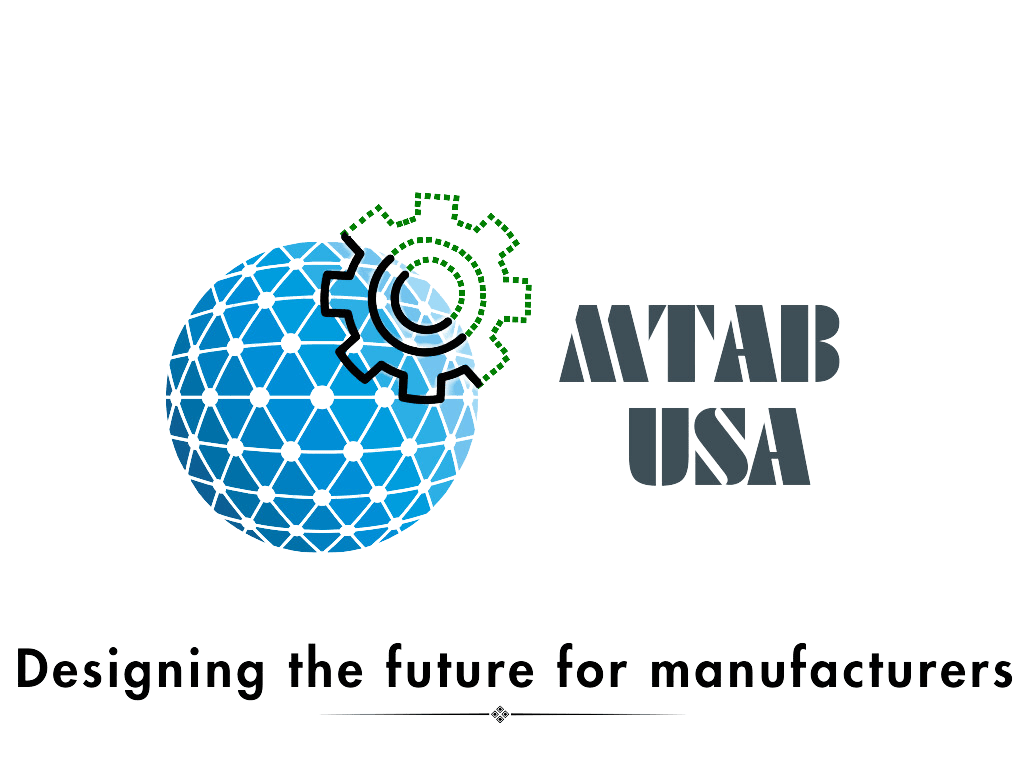From shop floor metrics to strategic investment decisions
In manufacturing, the conversation between the operations team and the boardroom often breaks down when it comes to digital transformation. Operations teams talk about Industry 4.0, connected systems, and predictive analytics. The boardroom is concerned with the return on invested capital, risk-adjusted returns, and capital allocation priorities. Without a clear translation layer, investments in smart manufacturing either stall or fail to deliver the expected outcomes.
The Manufacturing Technology Balance Sheet (MTBS), grounded in structured assessments such as the Smart Industry Readiness Index (SIRI), provides that translation. It enables manufacturing leaders to connect their technology readiness (shopfloor, enterprise, organization) with financial decision-making in a way that is quantifiable, comparable, and actionable.
Why the Manufacturing Technology Balance Sheet Matters
Creates a clear baseline of digital maturity across people, processes, and technology.
Identifies operational blind spots that are not visible through traditional financial statements.
Links technology gaps to financial risk such as extended lead times, higher downtime, or inability to scale for large orders.
Enables capital allocation sequencing to avoid investing in areas where foundational readiness is lacking.

Moving from Maturity Assessment to Financial Outcomes
Baseline Readiness
Conduct a comprehensive technology readiness assessment using SIRI or a similar framework. Benchmark against peers and industry leaders.Translate Operational Gaps into Financial Impact
Map each maturity gap to specific cost or revenue drivers. For example:
Low automation integration → higher labor cost per unit
Lack of predictive maintenance → unplanned downtime and expedited freight costs
Siloed data systems → longer order-to-cash cycle
Prioritize Based on Value at Stake
Use the MTBS to rank initiatives not just by technical need, but by their contribution to EBITDA, margin protection, and risk reduction.Sequence for ROI
Avoid the trap of parallel large-scale investments that stretch resources thin. Focus first on high-return, foundational projects that enable subsequent gains.Integrate into Capital Planning Cycles
Treat MTBS outputs as inputs to the annual budget process. Reassess maturity annually to track progress and adjust priorities.
A mid-market electronics manufacturer conducts a MTBS review and discovers that its low maturity in equipment connectivity was inflating maintenance costs and extending lead times. By investing in a targeted machine connectivity and analytics project first, rather than jumping straight into a full MES implementation, the company reduced downtime by 18 percent, improved delivery performance, and built the operational foundation needed for future MES deployment and its successful adoption.
Practical Actions for Manufacturing Leaders
Treat mfg technology readiness as a measurable asset, not an abstract concept.
Lean on cross-functional teams that include finance, operations, and IT in maturity assessments in recommendations.
Use MTBS outputs to challenge assumptions about which projects deliver the fastest and most sustainable ROI.
Ensure every boardroom discussion on capital investment includes a technology readiness context.
Conclusion
The Manufacturing Technology Balance Sheet is more than an operations tool. It is a bridge between the language of machines and the language of money. By translating digital readiness into financial terms, manufacturing leaders can secure boardroom alignment, prioritize high-value projects, and ensure that every dollar invested accelerates both operational performance and long-term profitability.
Call to Action: Schedule an MTBS-to-financial linkage review for your organization, where operational maturity gaps are mapped directly to financial outcomes and capital allocation priorities. Position this as a decision-support step before the next budget cycle.
